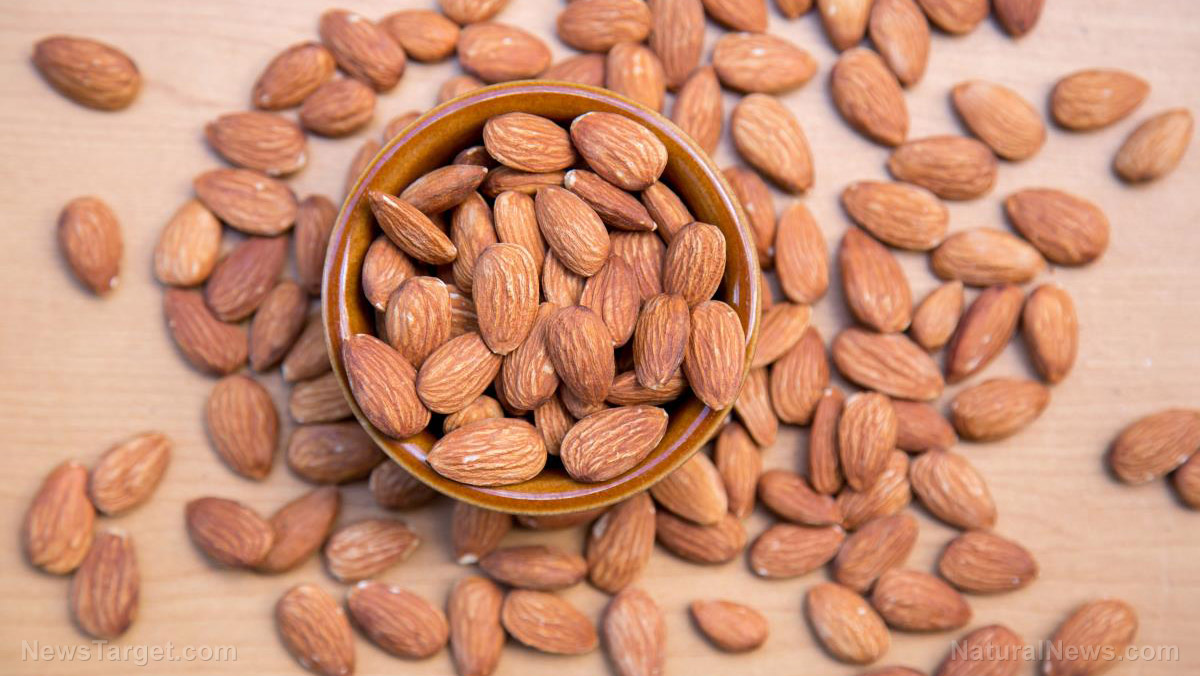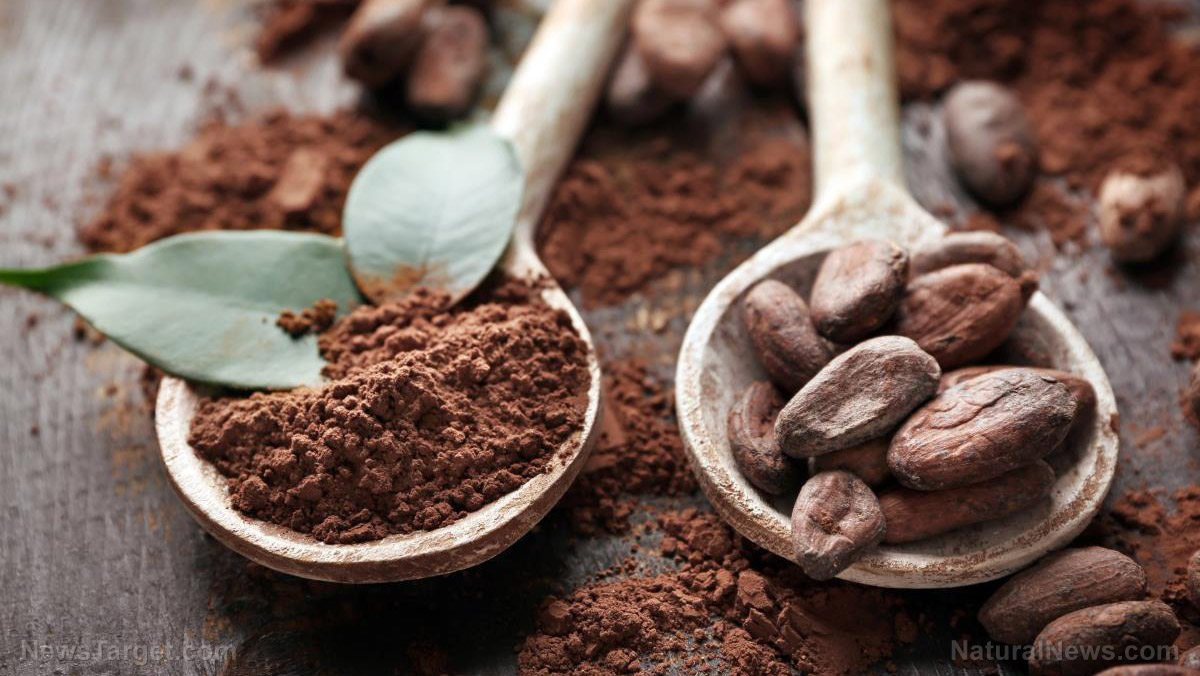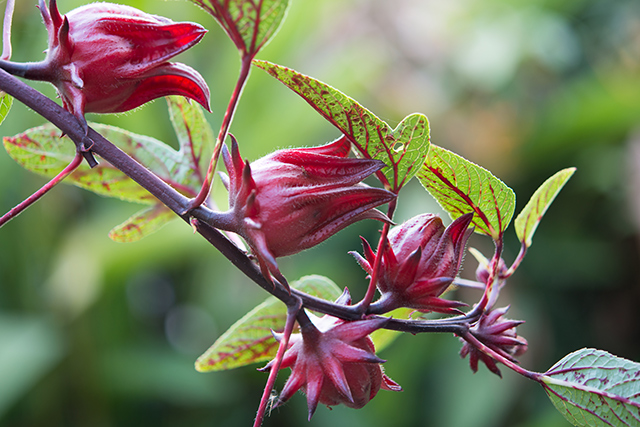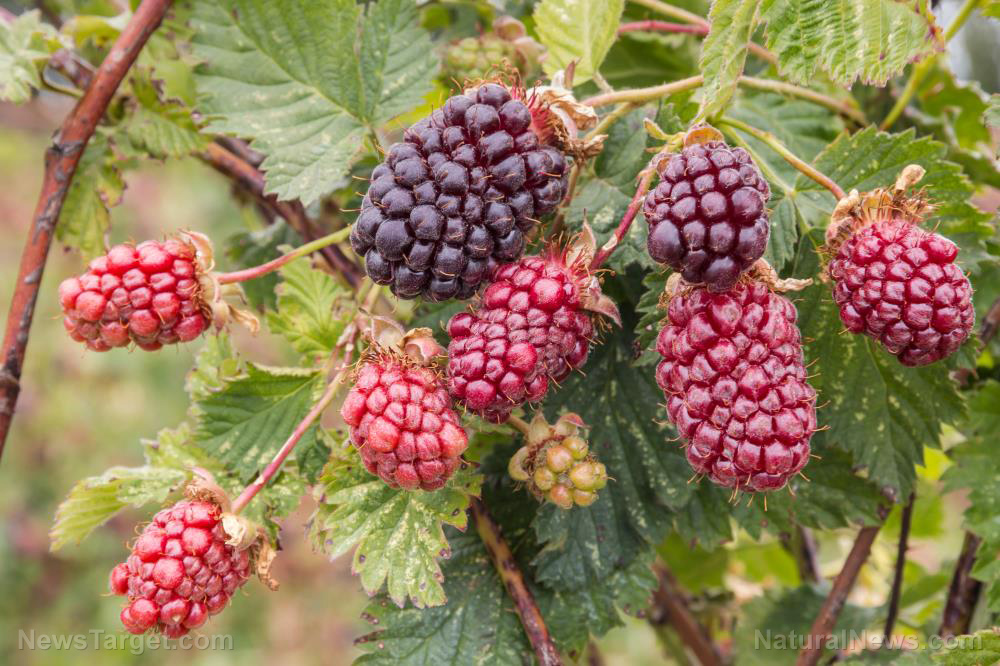Abnormal blood clot formation can be prevented through natural means
01/26/2019 / By Ellaine Castillo

Blood clotting is an essential process that prevents excessive blood loss due to injury. However, it also has the potential to be deadly if a blood clot breaks free and gets stuck on its way to the heart or lungs. This can interfere with blood flow and increase the risk of diseases like a heart attack, stroke, or cancer. Fortunately, abnormal blood clot formation, also known as thrombosis, can easily be prevented through natural means.
Many people are at risk of abnormal blood clotting. These include those who suffer from atherosclerosis, atrial fibrillation, venostasis, blood clotting disorders, high blood pressure, and cancer. People who exhibit elevated cholesterol, high-sensitivity C-reactive protein (hsCRP), and glucose levels also have a high thrombosis risk.
Natural alternatives that prevent thrombosis
There are ways to reduce thrombosis risk without using medications. According to research, one of the ways to prevent abnormal blood clotting is by following a healthy diet, especially one that’s rich in antioxidants. Moreover, there are many natural products with potent blood-thinning properties that are comparable to the effects of conventional drugs, but without the side effects. Some examples of these include the following:
- Olives — Studies have shown that olive oil is rich in phenols that can help prevent blood clots by reducing the levels of a compound that promotes thrombosis.
- Pomegranates — Pomegranates are good sources of antioxidants, especially polyphenols, that help regulate blood pressure. Moreover, pomegranate juice prevents platelets from aggregating.
- Garlic — One of the many health benefits of garlic is its ability to prevent blood clots. However, make sure that you aren’t taking any blood-thinning medications with garlic since they could interfere with each other’s activities.
- Tea — Drinking tea is great for the heart since it can reduce the risk of heart disease and stroke, especially if consumed over a long period of time.
- Quercetin — Quercetin, which is naturally found as quercetin glucosides, prevents platelet formation due to collagen. Examples of foods that are rich in this compound include onions, capers, blueberries, cranberries, raw black plum, cherries, red lettuce, broccoli, and hot green chili peppers.
- Tomatoes — Eating tomatoes can protect your heart from disease and prevent platelets from aggregating.
- Kiwi — A study from the University of Oslo showed that people who ate two to three kiwi fruit per day exhibited reduced platelet activity and thrombosis risk. Moreover, this fruit was shown to lower cholesterol levels, which is great for heart health.
The problem with conventional medicine for blood clots
There are two major classes of prescription drugs that are commonly given to patients at high-risk for blood clots. These are anti-platelet medications and anticoagulants. Some people may also be prescribed with thrombolytics or fibrinolytics, which break down blood clots and prevent them from causing damage. Unfortunately, these drugs fail to address all the mechanisms involved in blood clot formation. Because of this, many patients who take these medications still fall victim to heart attacks and stroke.
Medications for the prevention of thrombosis are also associated with a wide range of side effects, the most common of which is bleeding. This can lead to bruising, heavy menstruation, nosebleeds, or even life-threatening conditions like intracranial hemorrhage, gastrointestinal bleeding, and excessive blood loss. Other side effects that people who take medications for thrombosis experience include hair loss, allergies or rashes, dizziness, and muscle weakness. Moreover, people have to be careful about potential interactions between these drugs and vitamin K, as well as with herbs like chamomile, clove, ginseng, and ginkgo biloba. (Related: Most people with blood clots should not take clot-busting drugs: New research finds they cripple patients’ mobility.)
If you’d like to read more news articles on preventing different health problems, visit Prevention.news.
Sources include:
Tagged Under: antiplatelet, blood clot, blood clot prevention, blood thinners, food is medicine, garlic, grocery cures, heart health, Kiwi, natural remedies, Olives, Pomegranates, prevention, quercetin, tea, thrombosis, tomatoes

















